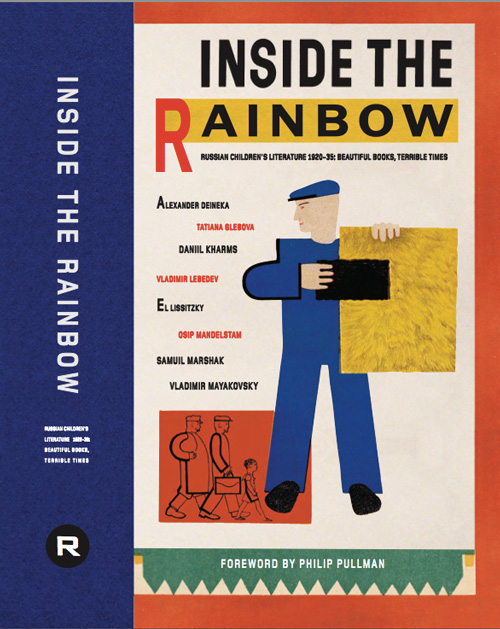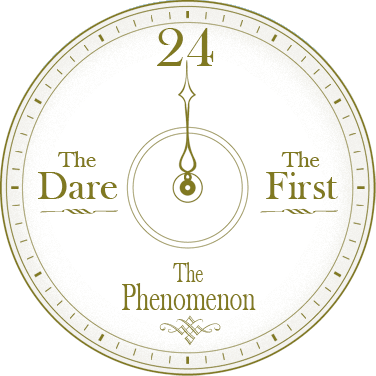SDSU's National Center for the Study of Children's Literature is sponsoring the panel Stages of Life: Age, Identity, and Culture. Friend to the NCSCL Kenneth Kidd will first present "The Age of Beginners," followed by Katherine Kinney presenting "Aging Badly: The Exemplary Case of Marlon Brando" and Martin Kevorkian presenting "The American Renaissance Enters the Iron Decade: Melville and Company on the Voyage of Life." This is an exciting panel that will appeal to those studying children's lit, childhood studies, or those interested in cultural studies more broadly. We'll see you there on Saturday, Nov 2nd from 5-6:40pm in Mission Bay Ballroom C.
One of the coolest cats at SDSU and Director of the NCSCL, our own Joseph Thomas will be reading on the SDSU Faculty Writers and Poets panel on Sunday from 12-1:30pm. Mission Bay Ballroom C- don't miss it!
There are three panels dedicated exclusively to Children's Literature and another three specifically for YA Literature, organized by Presiding Officers Lauren Benard and Megan Parry. There will also be several panels that aren't necessarily categorized by children's lit, but feature children's lit scholars or topics- so explore the schedule thoroughly. As for SDSU's children's lit presence at PAMLA, I've highlighted SDSU affiliates in the following panels:
- Global Perspectives on Death in Children's Literature: Friday, 9-10:30am, Del Mar Room. Panel includes a presentation by 2nd-year MA candidate specializing in children's literature, Alan Chihwaro. Alan's paper is titled "Beyond the Last Visible Clockwork: Death and Circular Time in Russell Hoban's The Mouse and His Child."
- Children's Literature I: Friday, 10:45am-12:15pm, Del Mar Room. MA candidate Lauren Benard chairing. Panel will also include a presentation by 2nd-year MA candidate specializing in children's lit, Alixandria Lombardo. Alixandria will present "JonArno Lawson Subverts the Traditional in his Children's Poetry."
- Children's Literature II: Friday, 1:45-3:15pm, Del Mar Room. Chaired by the aforementioned Alixandria Lombardo, this panel includes presentations by Alya Hameed and Kelsey Wadman, both 2nd-year MA candidates specializing in children's literature. Alya will present "Circular Innocence: Locating the Children's Tale in Gabriel Garcia Marquez's 'Tales for Children.'" Kelsey will present "The Interior Landscape of Kinship in Russell Hoban's A Mouse and His Child."
- Children's Literature III: Friday, 3:30-5pm, Del Mar Room. Kelsey Wadman will chair. This panel includes a presentation by our very favorite MA program director, and awesome well-known scholar of children's literature, Dr. June Cummins. Professor Cummins will present "Girls in Bloomers: The Age of the New Woman in Sydney Taylor's Children's Fiction."
- Cognitive Approaches to Literature I: Saturday, 10:15-11:45am, Studio 605. Children's lit professor Mary Galbraith will present "Reading Without Spoilers: Why Creating One’s Own Cognitive and Affective Structure is the Sine Qua Non of Literary Reading."
- Young Adult Literature I: Saturday, 1:30-3pm, Del Mar Room. Chaired by Jill Coste, recent SDSU graduate and super-smart children's lit scholar.
- Young Adult Literature II: Young Adult Women in YA Lit: Saturday, 3:15-4:45pm, Del Mar Room. Chaired by Alya Hameed.
- Young Adult Literature III: Dystopian and Speculative YA Lit: Sunday, 8:30-10am, Del Mar Room. Chaired by Megan Parry and including a presentation by Jill Coste. Jill will present "A Biotech Birthday Suit: Ageless Identity in Young Adult Science Fiction."
- Crafting Childhood in Autobiographical Writing I: Sunday, 10:15-11:45am, Del Mar Room. Chaired by June Cummins and including a presentation by Lauren Benard. Lauren will present “The Kids Will Do It”: Children as a Vehicle for Social Change in Leslie Feinberg’s novel Stone Butch Blues."
- Television Studies II: Sunday, 12-1:30pm, William D. Evans Level One. Megan Parry will present “Why? Because We Like You:” The Child Spectacle and the Commodification of Children in The Mickey Mouse Club and Toddlers & Tiaras."



.JPG)









